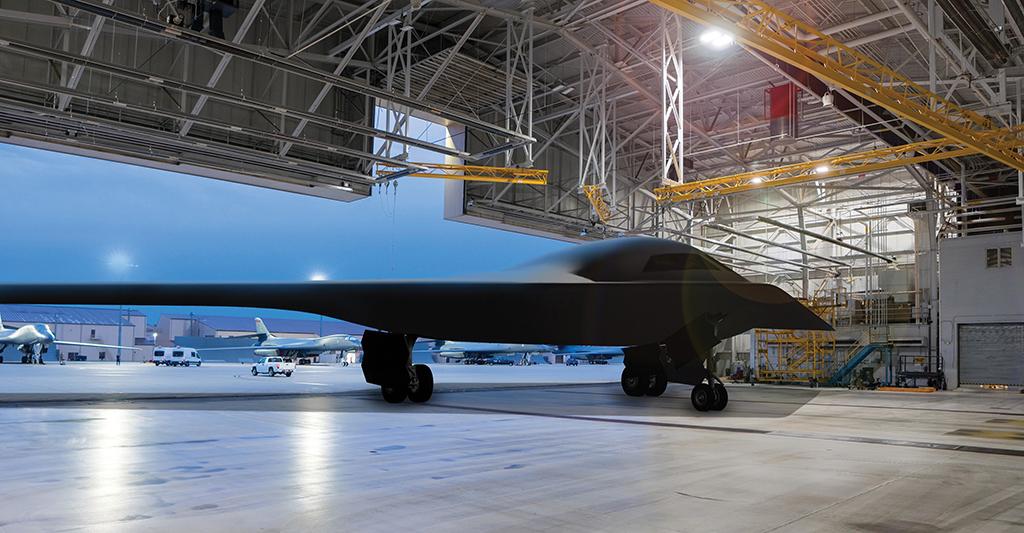
The Northrop Grumman B-21 is at least 18 months from a first flight milestone, but the stealth bomber’s “flight-ready hardware” already is participating in demonstrations of an advanced software coding process, the head of the U.S. Air Force’s acquisition arm says.
In late 2019, the Air Force ran software code inside virtual Kubernetes containers on a Lockheed Martin F-16 in-flight, demonstrating that a process often used to run advanced autonomy in ground-based computers can work on a sophisticated, flying aircraft.
A similar demonstration has been performed on the ground with B-21 systems, says Will Roper, assistant secretary of the Air Force for acquisition, technology and logistics.
“Our B-21 team just ran containerized software with Kubernetes on flight-ready hardware!” Roper writes in a May 29 post on LinkedIn. The demonstration is “another step towards ‘DevStar’: our initiative to bring radical autonomy to software development, partnering with Northrop Grumman.”
The Air Force wants to dramatically increase the pace of software updates on combat aircraft. Traditional military software development releases complex code updates in biannual blocks. By shifting to an agile, DevSecOps-style development process, the Air Force is seeking to accelerate new software code release to a matter of weeks or months.
The opportunity with Kubernetes containers is to allow the software to learn as it runs, potentially improving the code as it operates during a flight.
Roper alluded to the B-21 demonstration in an interview with Aviation Week last September.
The “B-21 is trying to not just do agile software,” Roper said. “They want to blaze new territory, a new trail for the Air Force. The idea that one of our most complicated airplanes with one of the most challenging missions is also taking on one of the most challenging software approaches to make their software living [and] breathing on the plane itself is inspiring.
“They’re going to be pushing the boundaries of how aircraft software should work in this century,” Roper added, “and increasingly the software is where the cutting edge—the winning edge—is going to come from.”






Comments